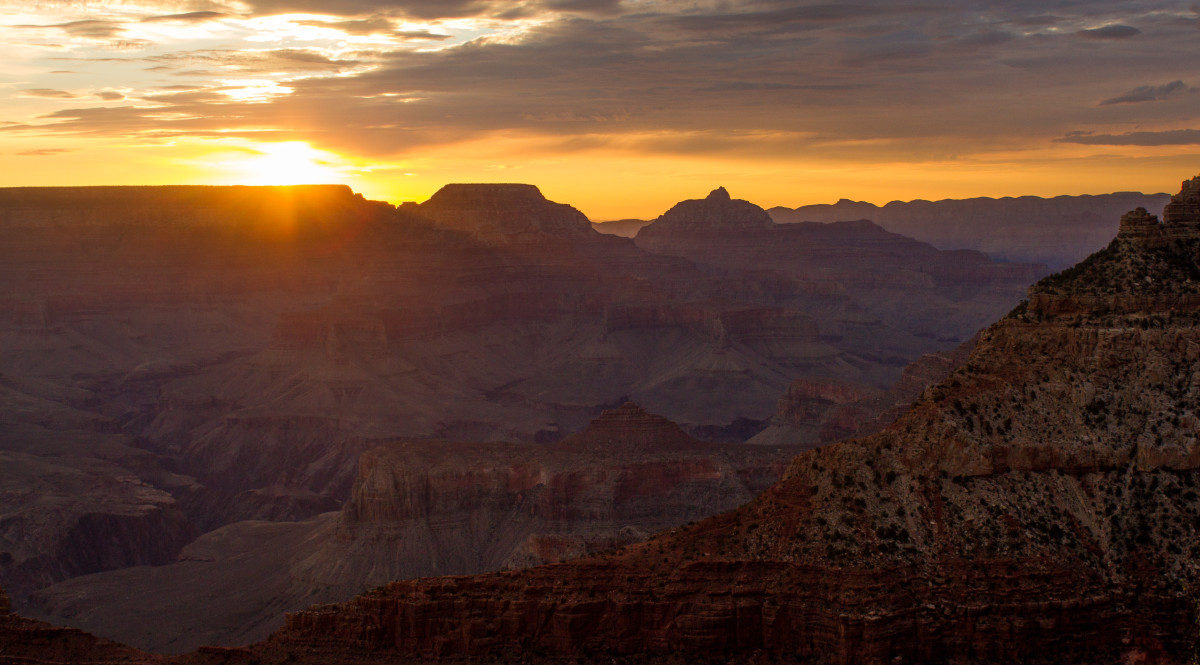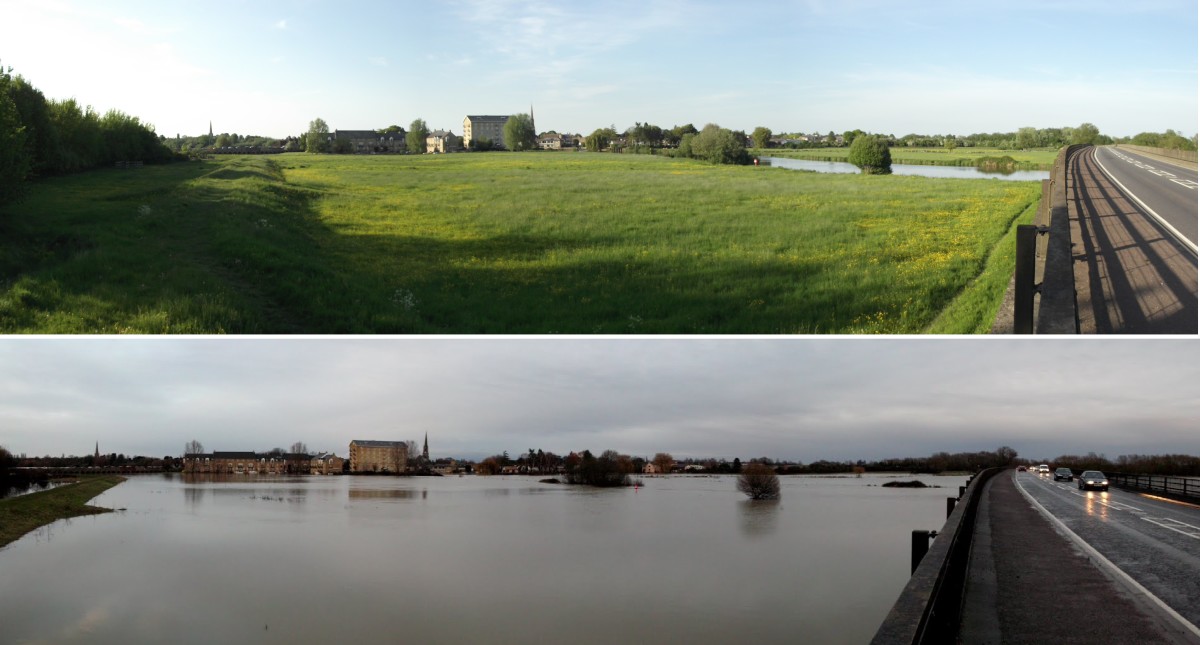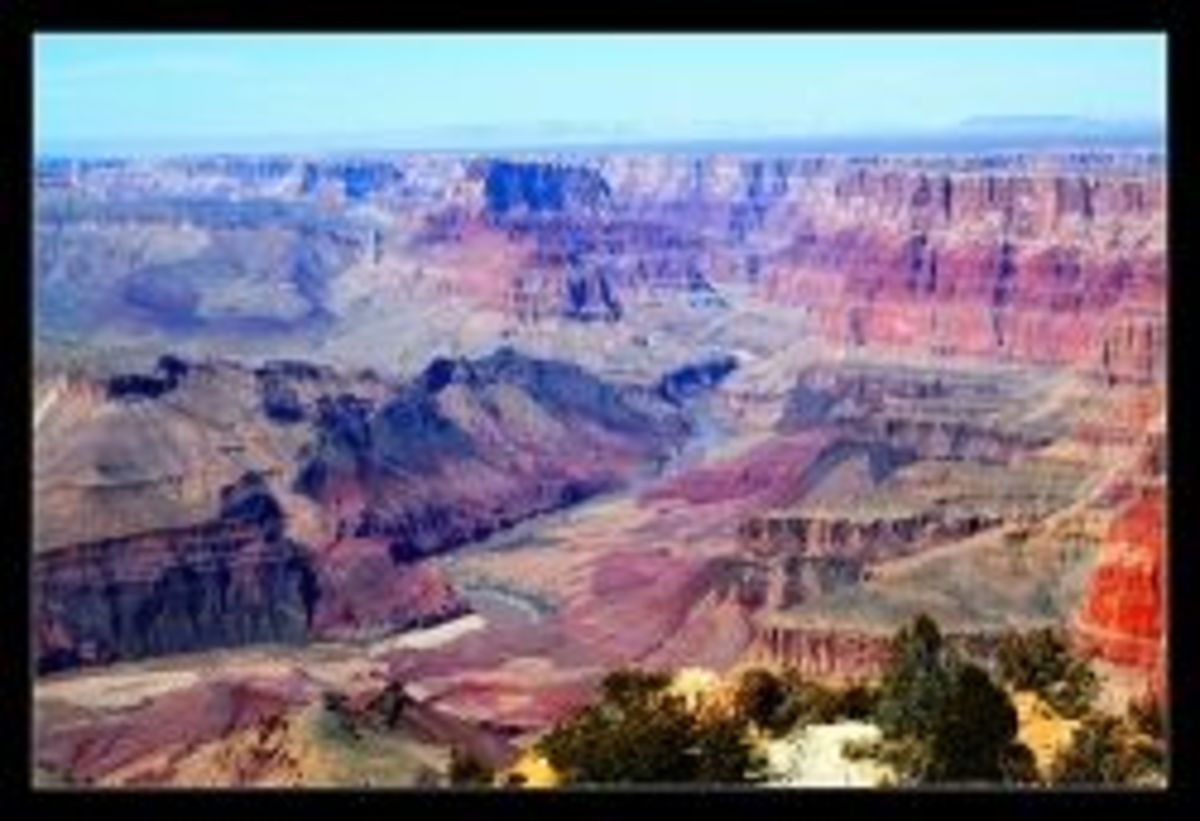Glen Canyon Dam Controversy Flooding The Grand Canyon
The Glen Canyon Dam truly a spectacular sight.
This weekend I made a quick trip to one of my favorite places on earth, Lake Powell. As I drove over the bridge that spans the canyon just south of the Glen Canyon Dam, I peered over the edge and saw a spectacular sight.
The water level of the river below, that normally flows at a mild pace was notably higher and was moving at a rapidly increased rate of speed. This water fluctuation was the result of a three day man-made flood which allowed more than 300,000 gallons of water per second, to be released from Lake Powell from the base of the Glen Canyon Dam.
Two giant steel tubes were shooting arcs of water through to the river side creating a water flow that was comparatively speaking, enough to fill New York City's Empire State Building in 20 minutes time.
The Glen Canyon Dam in the process of releasing the water to flood the Grand Canyon.
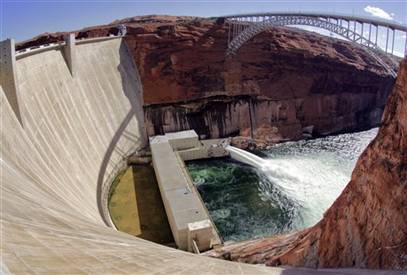
Take the Glen Canyon Dam tour here.
Learn more about Glen Canyon Dam
Reasons to create a man-made flood of the Grand Canyon by releasing the water from the Glen Canyon Dam.
The reason for this massive water release was to try to help restore the Grand Canyon's ecosystem to its natural state. As a result of the building of the Glen Canyon Dam in 1963 the natural flow of the Colorado River, which was normally warm and muddy, was changed to one that is now cool and clear. The sediment that would have been ordinarily found in the river before the construction of the Glen Canyon Dam occurred is now being blocked from flowing downstream by the Glen Canyon Dam itself.
This sediment is important as far as the ecosystem is concerned because it provides the habitat necessary for some species of fish and native plant life. This change has helped to speed the extinction of four fish species and add two others to the endangered list, including the Humpback Chub.
The goal was to restore the natural habitat to the Grand Canyon.
Although the water level itself was only predicted to rise a few feet, the flow will help to restore the sandbars on the Colorado River downstream. Scientists will be on hand throughout the following weeks to conduct experiments which will document the effects the flood has had on the backwater habitats and the aquatic food base. This flood will scour and reshape miles of sandy banks on the floor of the Grand Canyon itself.
John Hamill, chief of the Grand Canyon Monitoring and Research Center, part of the U.S. Geological Survey explained, "Our ultimate purpose is to learn whether or not this is a viable strategy for creating sandbars and habitats for native fish."
More links to learn about the flood of the Grand Canyon.
Flooding the Grand Canyon by releasing the water from the Glen Canyon Dam has occurred twice before.
A man-made flood of the Grand Canyon, attempting to rectify this problem has happened twice before, once in 1996, and again in 2004. The artificial flood in 1996 was created by opening the bypass tubes of the Glen Canyon Dam for several days, trying to replicate a natural flooding cycle.
By 2004, the scientists had really come to realize the importance of the sand and sediment, and the part it plays in the environment of the Grand Canyon. These previous floods have given scientists addition information in better understanding when to trigger future floods by releasing water from the Glen Canyon Dam.
Flooding the Grand Canyon from the Glen Canyon Dam water release.
The Beauty of the Glen Canyon Dam
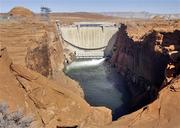
The Glen Canyon Dam Controversy
Glen Canyon Dam has been a "hot bed" for environmentalists for a while now. Activists want to have federal officials permanently alter Glen Canyon Dam's operation, adopting a seasonally adjusted plan that is more in line with "Mother Nature."
The sierra Club and other conservationist groups have strongly opposed Glen Canyon Dam and have argued that Lake Powell should be drained. Their reasoning is based on the fact that the Glen Canyon Dam was originally built to control flooding and with the construction of Hoover, Parker, and Davis dams the need is no longer an issue.
Generators in the Glen Canyon Dam
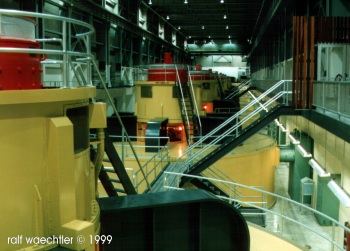
Power and water supply is generated by the Glen Canyon Dam.
Economically speaking, Glen Canyon Dam is a major source of power generation, or electricity, supplying power to Native American Reservations, Rural Electric Co-ops, government facilities, and municipalities. As part of the Colorado River Storage Project, the Glen Canyon Dam was created to store water and produce low cost electricity for the benefit of rural communities that support families with low income.
The Glen Canyon Dam is also the source of water supply for California, Arizona, Nevada, and Mexico. Lake Powell has a storage capacity of 27,000,000 acre feet, and is one of the largest man-made reservoirs in the country. The dam is also a tool in maintaining the downriver flow of water, helping to alleviate the damages caused by seasonal flooding.
Trying to drain Lake Powell and not using the Glen Canyon Dam is a waste of money and time.
While many arguments ensue over the issue of draining Lake Powell, many hard earned tax dollars are poured into the debate. As for myself, I feel that the benefits for keeping the Glen Canyon Dam outweigh the arguments against it.
In my opinion, the revenue generated by Lake Powell alone is one reason that the environmentalists simply will not succeed in this cause.
The argument that has been given against the Glen Canyon Dam is that by filling the Lake the natural beauty of the terrain has been altered. If the lake is drained, the residue left from the water that was once there will have already left a scar that will have altered the natural beauty. The water itself has created a beauty of its own, making Lake Powell one of the most majestic places on earth. Spend money more wisely, end world hunger!
Beauty Made By Water Originally- Lake Powell
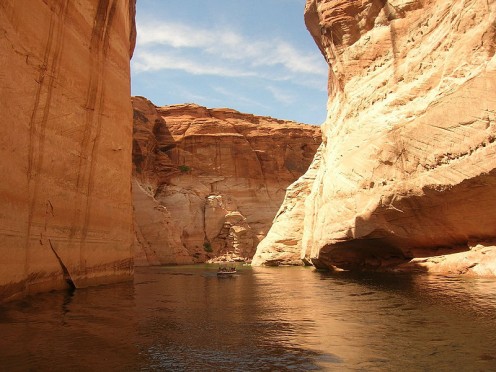
Learn more about it.
- Glen Canyon Dam
Issues concerning the discussion on draining Lake Powell.





